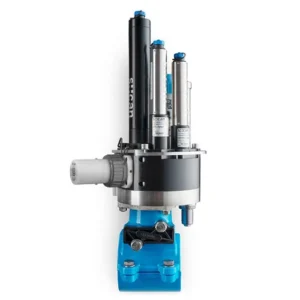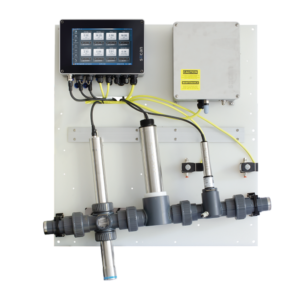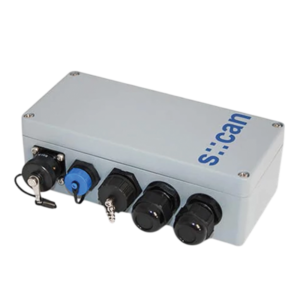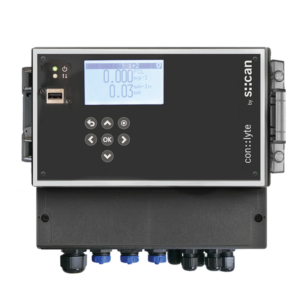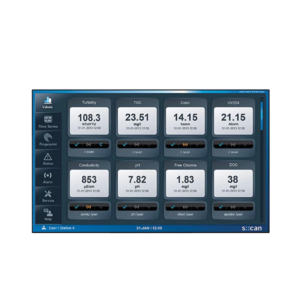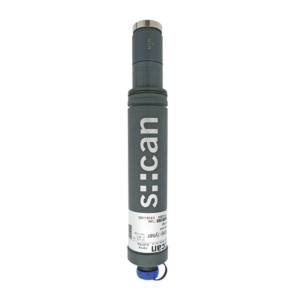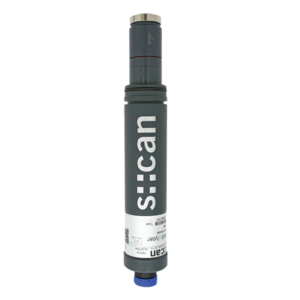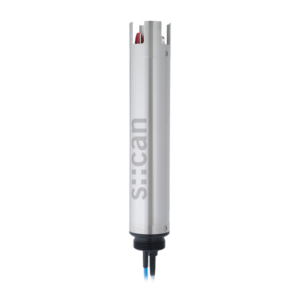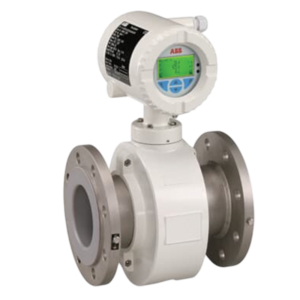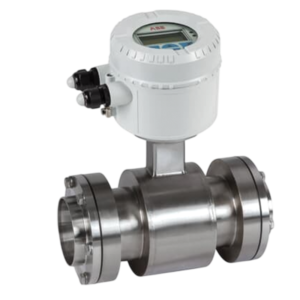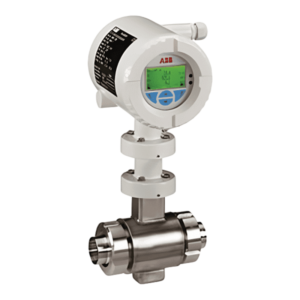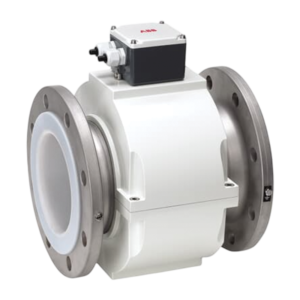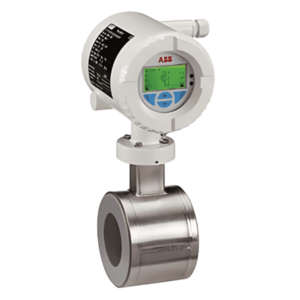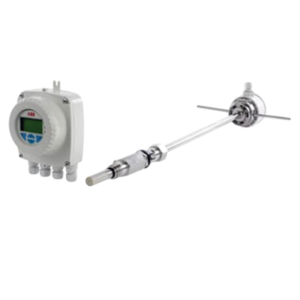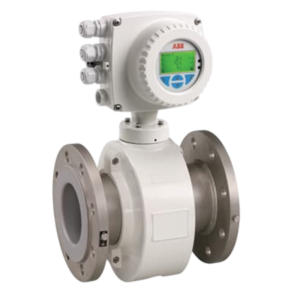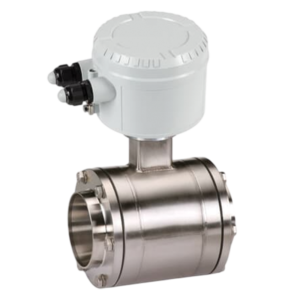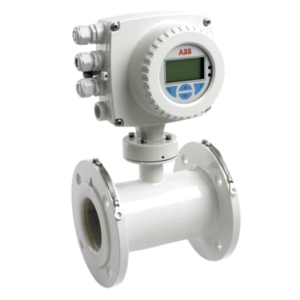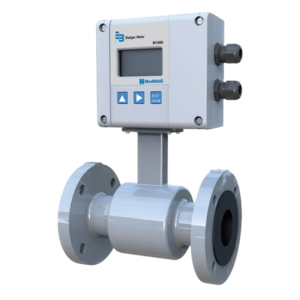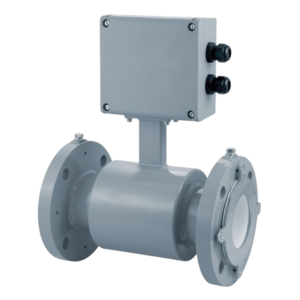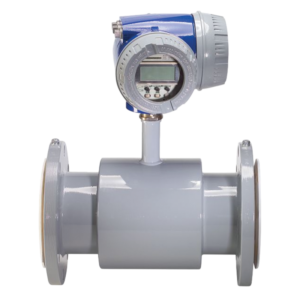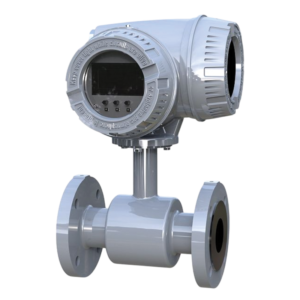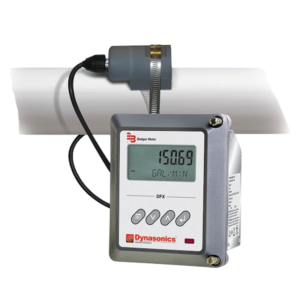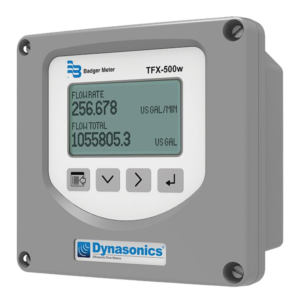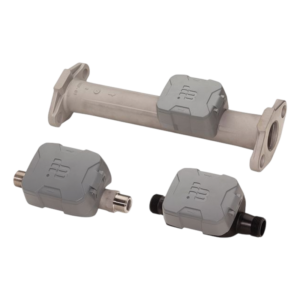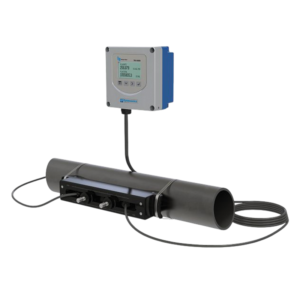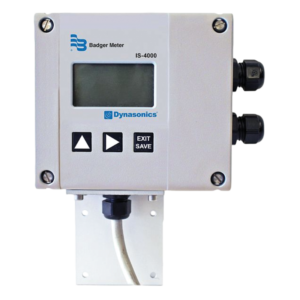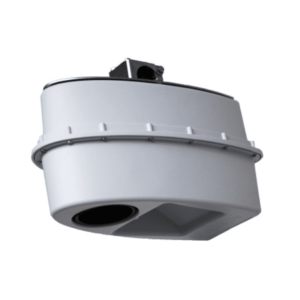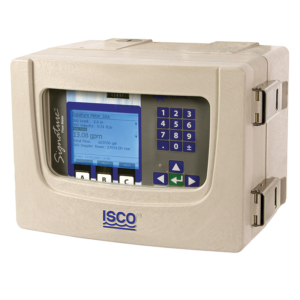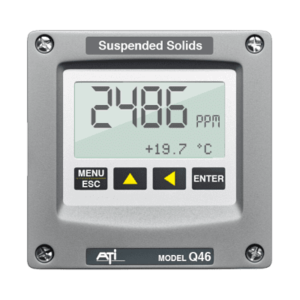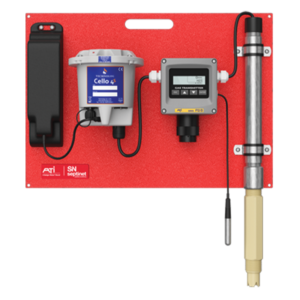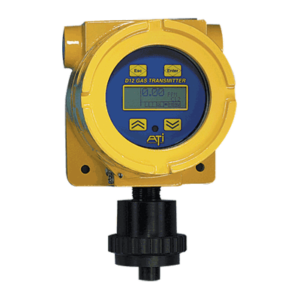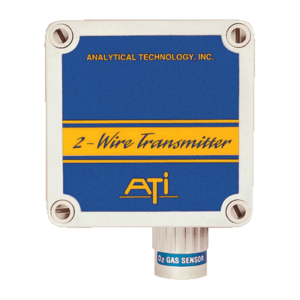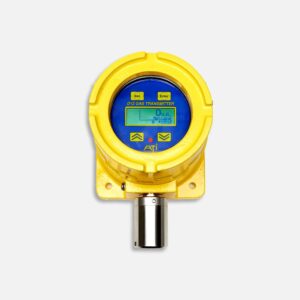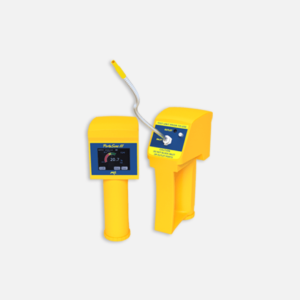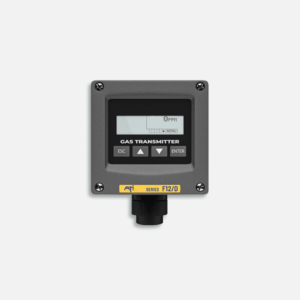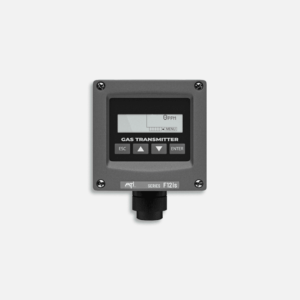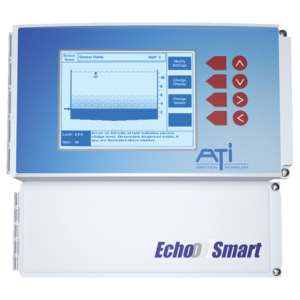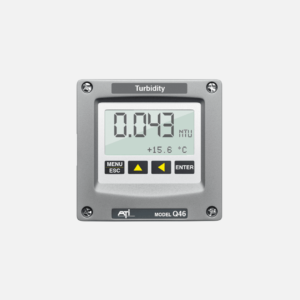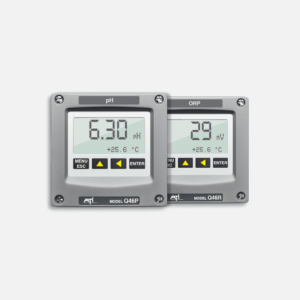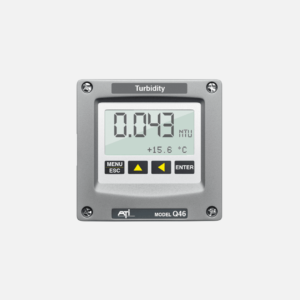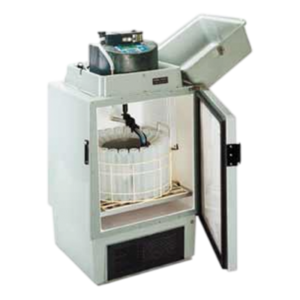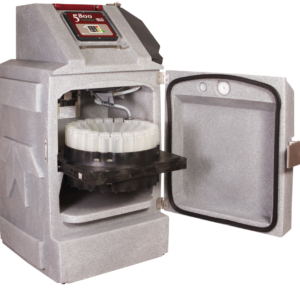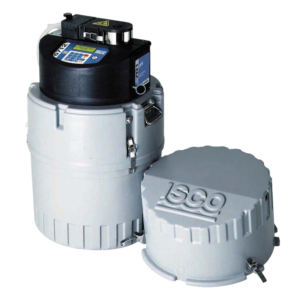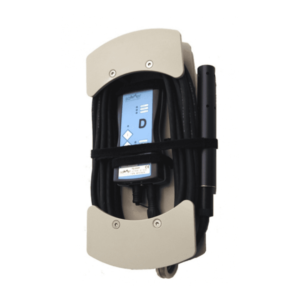Sewage Water Monitoring
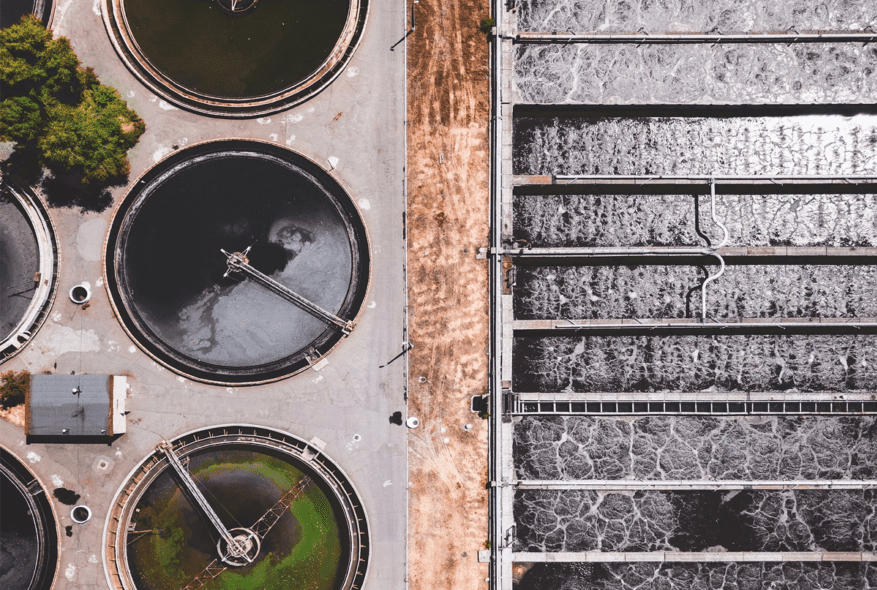
Sewage water monitoring plays a pivotal role in safeguarding public health and preserving the environment. As urban populations grow,
so does the volume of wastewater produced, emphasizing the need for effective monitoring systems. These systems are designed to analyze
and assess the quality of sewage water, ensuring compliance with environmental standards and identifying potential health hazards.
The primary objective of sewage water monitoring is to detect and control the presence of harmful pollutants, pathogens, and
contaminants in wastewater. Advanced sensor technologies are employed to continuously monitor key parameters such as pH levels,
biochemical oxygen demand (BOD), chemical oxygen demand (COD), suspended solids, and nutrient concentrations. Real-time data
collection enables prompt responses to deviations from permissible levels, preventing the release of hazardous substances into water bodies.
…
Environmental agencies and municipalities utilize sewage water monitoring to enforce regulatory requirements and protect ecosystems.
By employing data-driven insights, authorities can identify pollution sources, implement corrective measures, and track the
effectiveness of wastewater treatment processes. This proactive approach contributes to the sustainable management of water resources,
mitigating the impact of urbanization on aquatic ecosystems.
Furthermore, sewage water monitoring serves as an early warning system for potential public health risks. Timely detection of
contaminants helps prevent the spread of waterborne diseases and ensures the safety of drinking water supplies. In the era of smart
cities and digital advancements, integrating sewage water monitoring into comprehensive water management strategies is essential for
building resilient and sustainable communities. By prioritizing the continuous monitoring of sewage water, societies can foster a
cleaner, healthier environment for current and future generations.
Related Products
Online Monitoring of Waste Water
Electromagnetic Flowmeters for Waste Water Monitoring- ABB
Electromagnetic Flowmeters for Waste Water Monitoring- BadgerMeter
Ultrasonic Flowmeters for Waste Water Monitoring- BadgerMeter
Open Channel Flowmeters for Waste Water Monitoring- BadgerMeter
Non-Contact Flowmeter for Waste Water Monitoring- Sommer
Non-Contact Flowmeters for Waste Water Monitoring- Teledyne
Non-Contact Flowmeter for Waste Water Monitoring- Sommer
Water Water Sampler for Waste Water Monitoring
Mobile Discharge Measurement System For Sewage
Waste Water Quality Monitoring is essential for effective sewage management systems, ensuring that wastewater from industrial, municipal, and domestic sources is treated, monitored, and disposed of in an environmentally safe manner. At Aaxis Nano, we provide advanced waste water monitoring solutions that enable real-time tracking of sewage water quality parameters such as pH, TSS, BOD, COD, ammonia, nitrates, heavy metals, and other pollutants, ensuring compliance with CPCB and local regulatory standards. Our sewage management systems integrate state-of-the-art sensors, analyzers, and data acquisition units for efficient wastewater treatment plant (WWTP) monitoring, sludge management, and effluent discharge control.
Why is Waste Water Quality Monitoring Crucial for Sewage Management?
Environmental Protection
Monitoring sewage water prevents pollution of rivers, lakes, and groundwater by ensuring only treated water is discharged, preserving ecosystems.
Regulatory Compliance
Industries and municipalities must comply with CPCB’s Effluent Discharge Standards. Our systems provide continuous monitoring data, ensuring adherence to environmental norms and avoiding legal penalties.
Optimized Treatment Process
Real-time monitoring allows operators to adjust treatment processes dynamically, reducing operational costs and enhancing treatment efficiency.
Public Health Safety
Efficient sewage management reduces the risk of waterborne diseases by ensuring pathogens and contaminants are effectively treated before release.
Key Features of Aaxis Nano’s Waste Water Monitoring Solutions
-
- Continuous Real-Time Monitoring of pH, BOD, COD, TSS, DO, and heavy metals.
-
- Integration with SCADA & RTDAS systems for centralized control.
-
- Remote data access through IoT-based Data Loggers.
-
- Compliant with CPCB OCEMS Guidelines.
-
- Modular designs suitable for Sewage Treatment Plants (STPs), Effluent Treatment Plants (ETPs), and Common Effluent Treatment Plants (CETPs).
Our Sewage Management System Product Range
Water Quality Analyzers & Sensors
-
- COD Analyzer
-
- BOD Analyzer
-
- Ammonia Sensor
-
- TSS (Total Suspended Solids) Analyzer
-
- Heavy Metal Detectors
Flow Measurement Devices
-
- Ultrasonic Flow Meters for open channels.
-
- Electromagnetic Flow Meters for pipeline flow monitoring.
Automatic Samplers & Controller
-
- 6712FR Refrigerated Composite Samplers
-
- RTDAS-enabled Data Logging Units.
Process Control Systems
-
- SCADA Systems for Centralized Monitoring & Control.
-
- IoT-based Data Transmission & Alerts.
Application Areas
-
- Municipal Sewage Treatment Plants (STPs)
-
- Industrial Effluent Treatment Plants (ETPs)
-
- Smart City Wastewater Infrastructure
-
- Chemical, Textile, Food & Beverage Industries
-
- Environmental Compliance Monitoring Stations
Benefits of Implementing Aaxis Nano’s Waste Water Quality Monitoring Systems
-
- Ensures zero discharge of untreated sewage into water bodies.
-
- Helps in achieving sustainable water recycling goals.
-
- Reduces operational & maintenance costs by providing predictive maintenance alerts.
-
- Supports smart city initiatives through IoT-enabled monitoring platforms.
Why Choose Aaxis Nano for Sewage Management Solutions?
With decades of expertise in environmental monitoring technologies, Aaxis Nano delivers customized sewage water monitoring systems that combine high-precision sensors, rugged hardware, and intelligent software to meet the dynamic needs of wastewater treatment facilities. Our solutions ensure seamless integration with existing treatment infrastructures and offer end-to-end support, from system design to installation and post-deployment maintenance.
Let’s make wastewater management smarter, sustainable, and compliant. Connect with Aaxis Nano for comprehensive Waste Water Quality Monitoring Solutions.

